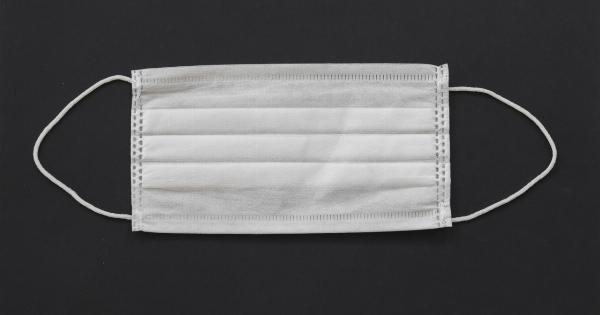The common cold is an infection caused by a group of viruses known as rhinoviruses. These viruses infect the upper respiratory tract, including the nose, throat, and sinuses.
The symptoms of a cold may include coughing, sneezing, a runny or stuffy nose, sore throat, and general feelings of malaise. While colds are often mild and self-limited, they can be more severe in some individuals, and they can lead to complications, particularly in people with weakened immune systems.
How is the common cold spread?
The common cold is transmitted from person to person through droplets of mucus or saliva. These droplets are released when infected people cough, sneeze, or talk, and they can land on surfaces or be directly inhaled by others.
The virus can also be picked up when people touch the surfaces on which these droplets have landed and then touch their nose, mouth, or eyes.
Although the virus can be spread almost anywhere, it is more commonly transmitted in places where people are in close quarters, such as schools, daycare centers, and offices.
How can you avoid catching a cold?
There are a number of steps you can take to reduce your chances of catching a cold:.
- Wash your hands frequently, especially after being in public places or in contact with someone who has a cold.
- Avoid touching your face, particularly your nose and mouth.
- Avoid close contact with people who have a cold.
- Practice good respiratory hygiene by coughing or sneezing into a tissue or the crook of your elbow.
- Stay home if you have a cold.
- Get vaccinated against the flu, as flu and colds share many similar symptoms.
How can you treat a cold?
While there is no cure for the common cold, there are treatments that can ease symptoms and help you feel better:.
- Stay hydrated by drinking fluids such as water, juice, or tea.
- Get plenty of rest.
- Take pain relievers such as acetaminophen or ibuprofen to reduce fever and ease aches and pains.
- Use nasal decongestants or saline sprays to relieve nasal congestion.
- Gargle with salt water to soothe a sore throat.
- Use cough drops or lozenges to soothe a cough or sore throat.
When should you see a doctor?
In most cases, colds will go away on their own within a few days. However, there are some situations where you should seek medical care:.
- If you have a high fever or fever that persists for more than three days.
- If you are having trouble breathing or have wheezing.
- If you have chest pain or pressure.
- If you have a severe sore throat or difficulty swallowing.
- If you have a severe headache or earache.
- If your symptoms last for more than ten days or if they return after going away.
Complications of the common cold
Most people recover from a cold without complications. However, in some people, the cold can lead to more serious infections, particularly in those with weakened immune systems. Some of the complications of a cold may include:.
- Sinusitis, or inflammation of the sinuses.
- Bronchitis, or inflammation of the bronchial tubes.
- Pneumonia, particularly in older adults, young children, and people with chronic respiratory conditions.
- Ear infections, particularly in young children.
Conclusion
The common cold is a persistent enemy that affects millions of people each year. While the symptoms are usually mild and self-limited, they can be more severe in some individuals.
Taking steps to prevent the spread of the virus and treating the symptoms can help you feel better and reduce your risk of complications.




























